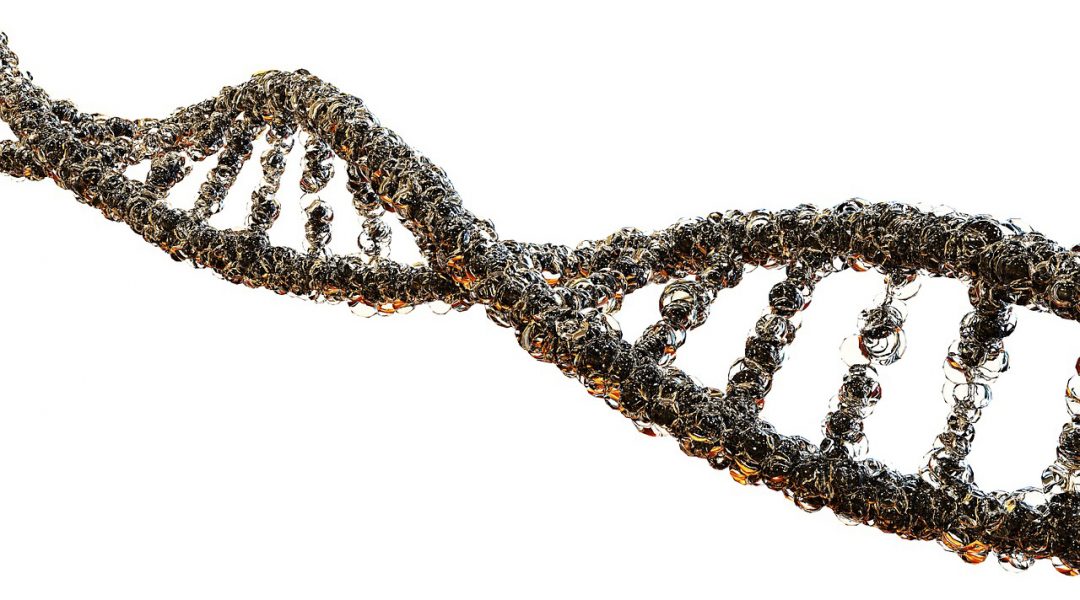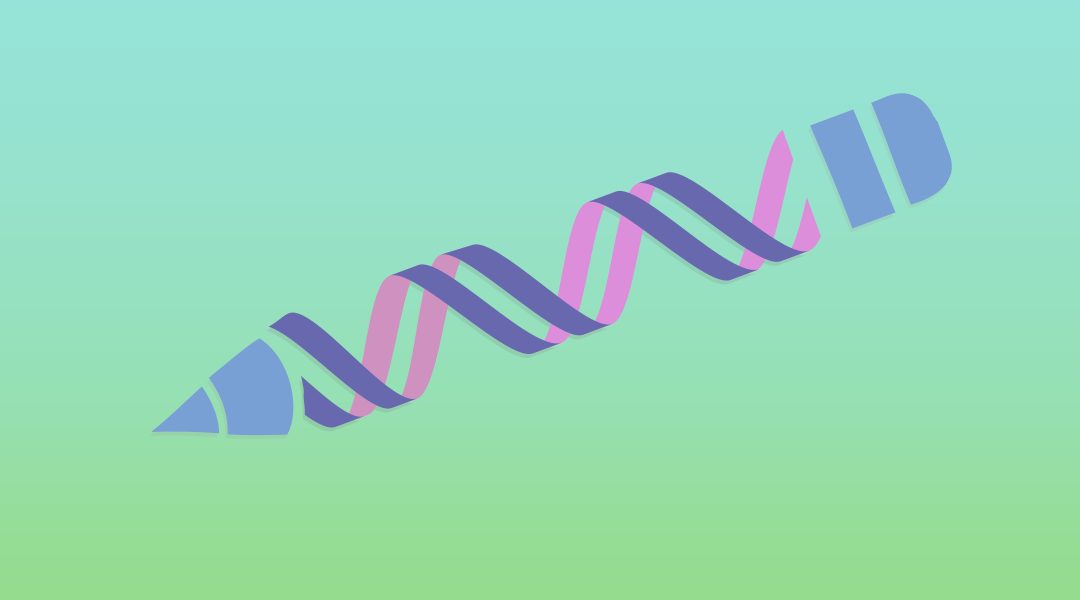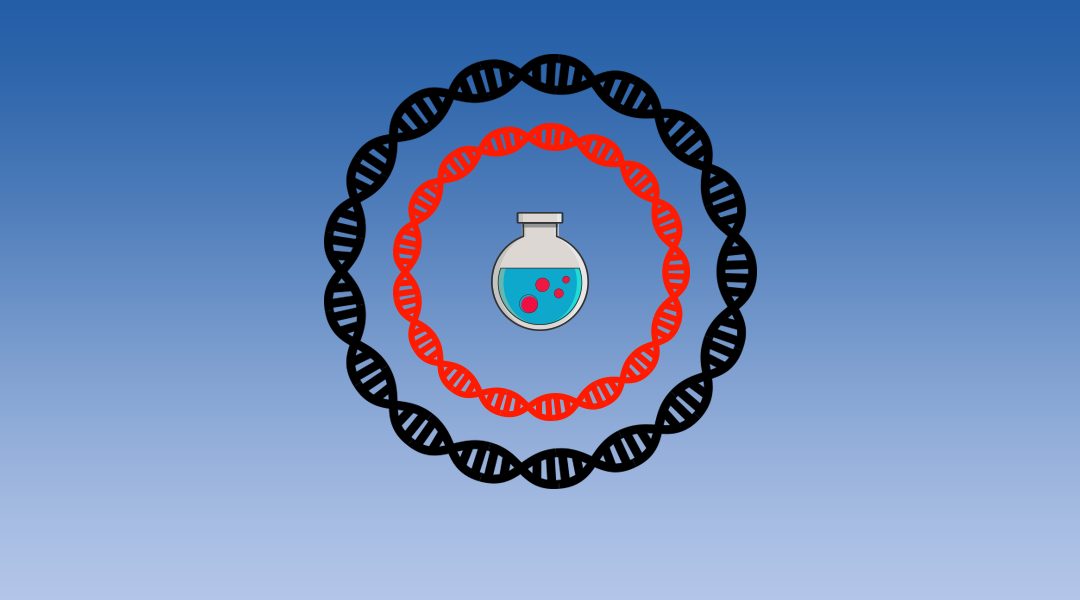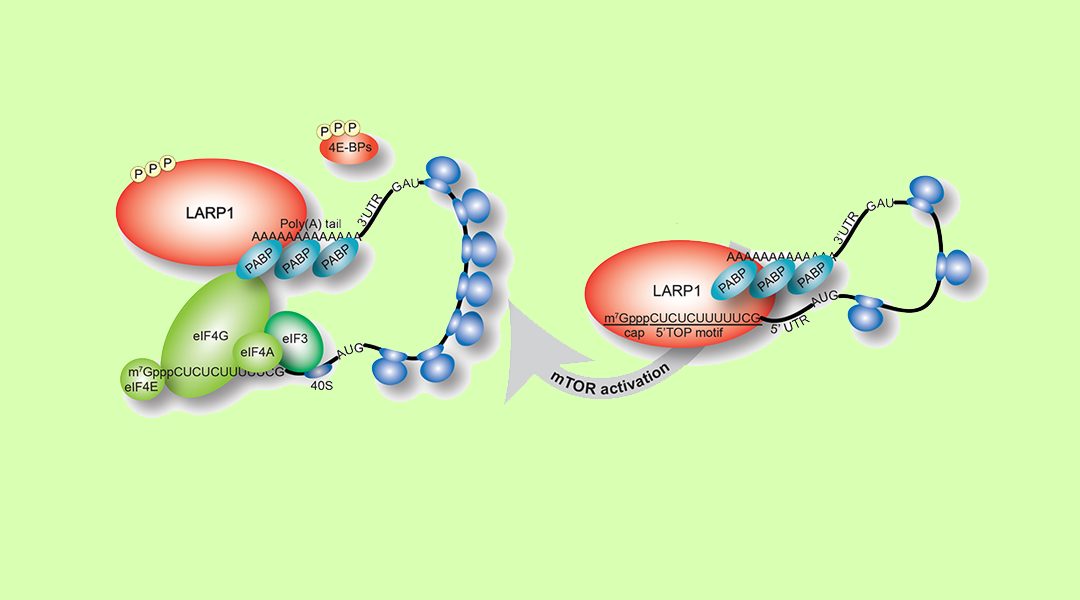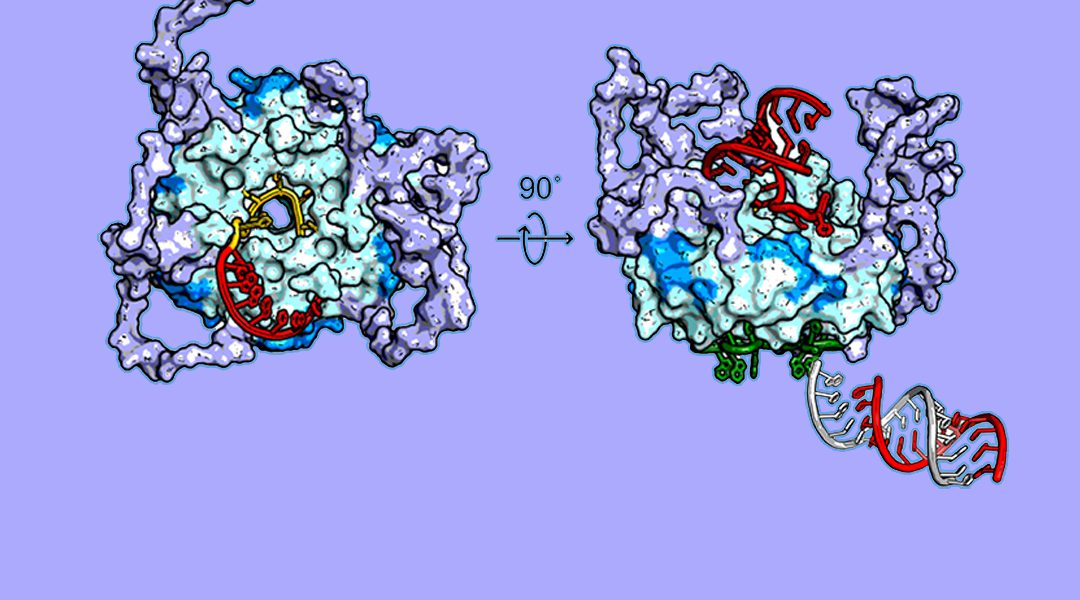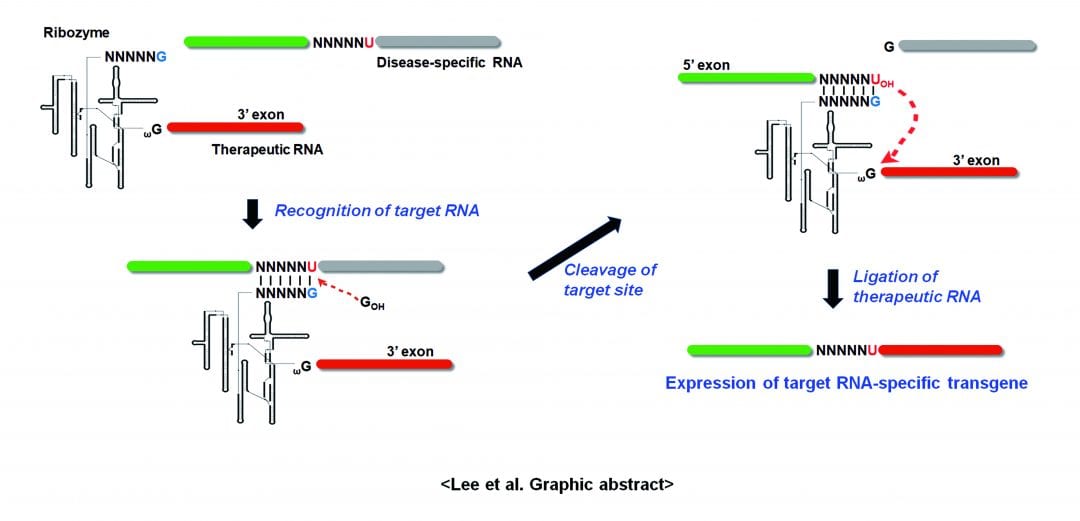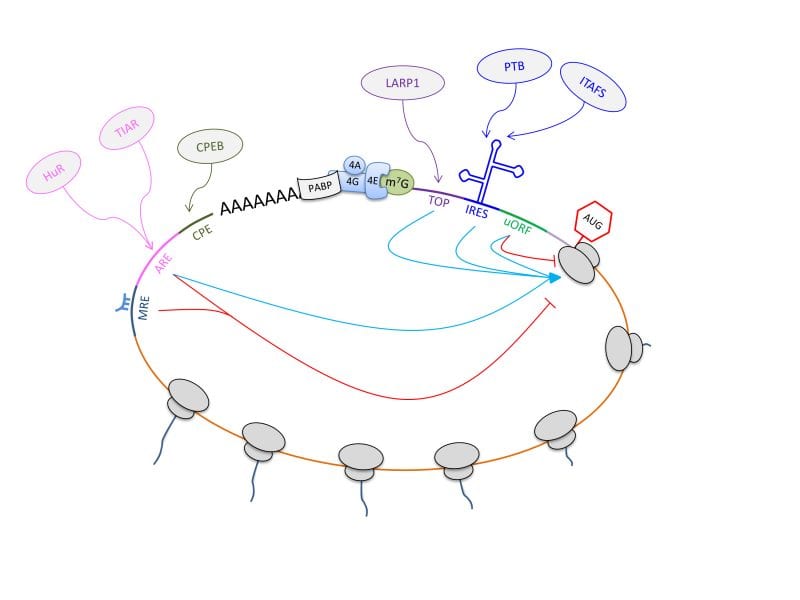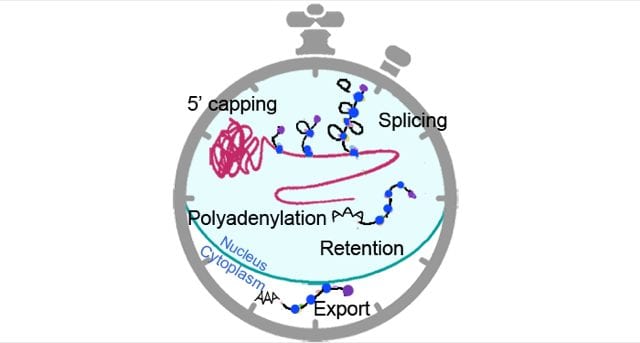Light is perhaps the main environmental cue (zeitgeber) that affects several aspects of physiology and behaviour, such as sleep/wake cycles, orientation of birds and bees, and leaf movements in plants. Temperature can serve as the main zeitgeber in the absence of light cycles, even though it does not lead to rhythmicity through the same mechanism as light.


